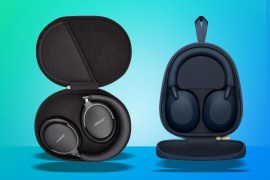The best Sony Walkmans ever: the players that made history
They were once one of the most popular consumer electronics in the world. Then they went away...
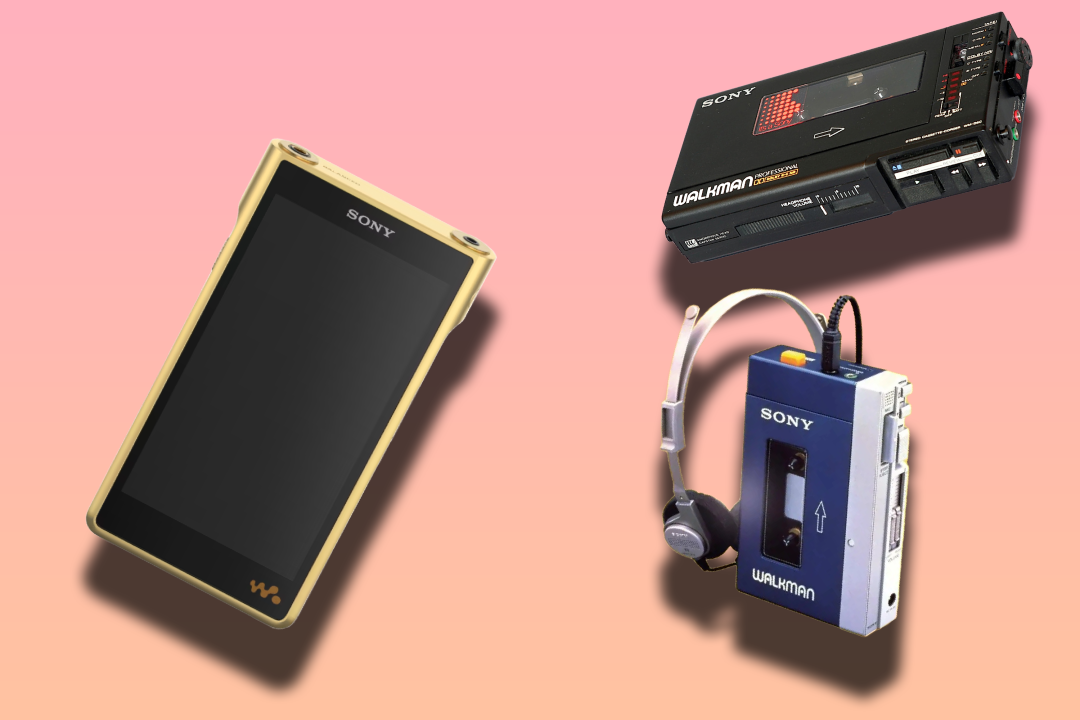
In today’s world, smartphones are the go-to devices for remote music listening. But decades ago, the iconic Sony Walkman was the preferred choice for listening to music on walks, runs, or just lounging around.
The Sony Walkman product line held immense cultural significance. Sony introduced it in 1979, and it lasted without interruption until 2010. Although the company has occasionally released new models since then, they aren’t targeting the masses like the halcyon days of cassette.
Sony originally called their portable cassette player the Roundabout in the United States and the Freestyle in other countries like Australia and the United Kingdom. However, a year later, they rebranded the entire lineup as Walkman, which quickly became a household name and played a crucial role in the rise of portable music players.
Early Sony Walkman models primarily played pre-recorded compact cassettes, but later versions supported CDs. As technology advanced, they were equipped with additional features such as FM radio, MP3 playback, and noise-cancellation capabilities.
The best Sony Walkman models are a topic of debate. Most, however, would agree that each of the following would make any list.
Best Sony Walkman: the early years
TPS-L2 (1979): the original Sony Walkman
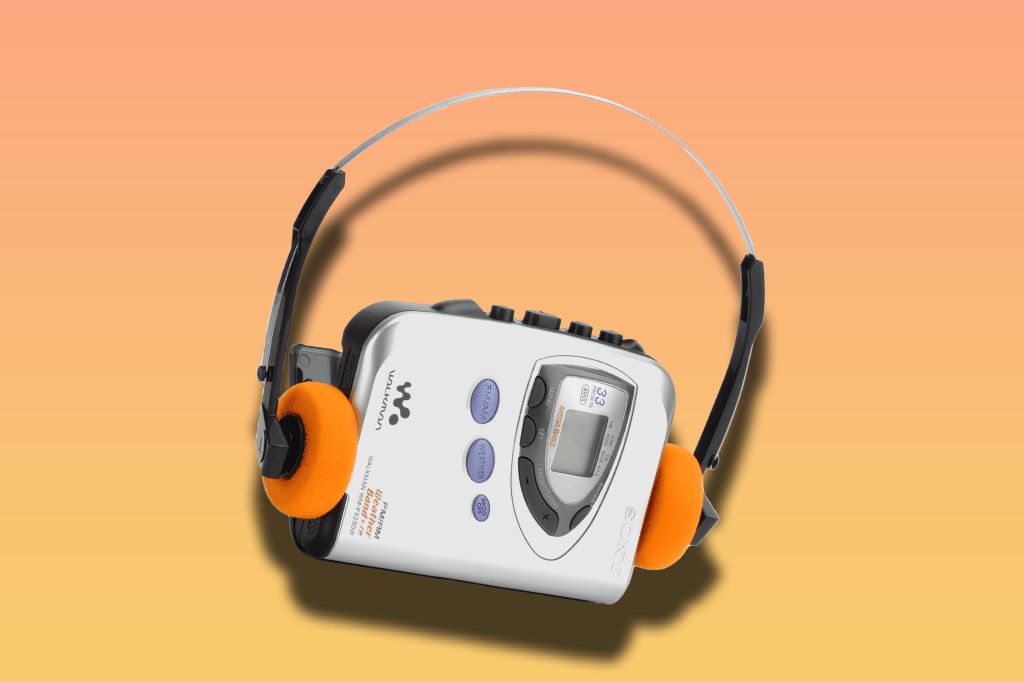
The TPS-L2, later called the Walkman TPS-L2, was the first-ever personal stereo cassette player that was available for purchase. It was first launched in Japan on July 1, 1979, and later in the United States in June 1980. The TPS-L2 was quite different from the previous cassette players, as it was much smaller and lighter, making it easier to carry around. Another significant feature that the TPS-L2 had was the stereo sound, which was a massive upgrade compared to the mono sound the previous cassette players had.
The TPS-L2 enjoyed immediate popularity and soon became a cultural sensation, representing freedom and self-expression while revolutionizing music consumption. Its impact was so significant that it remains one of the most important inventions of the 20th century.
The TPS-L2 boasted several impressive features, such as extended battery life, a built-in headphone jack, and a hands-free “Hotline” button.
Sony WM-2 (1981): Sony Walkman WM-2
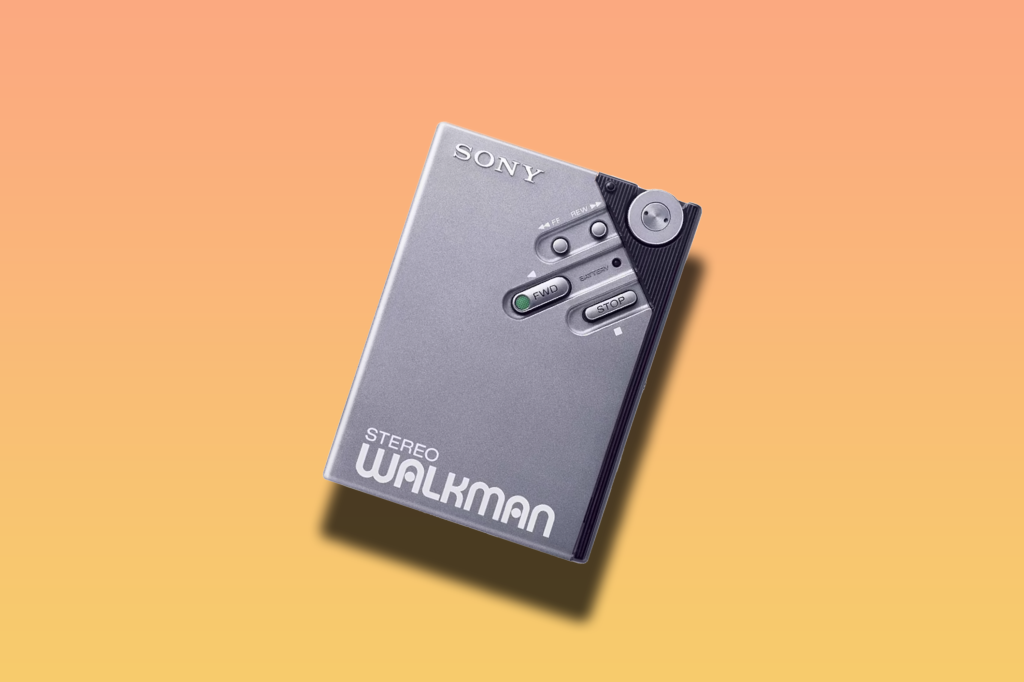
The Sony Walkman WM-2 cassette player was the second Walkman model. It was the world’s smallest stereo cassette player at that time, selling over 1.5 million units. The designers aimed to make it ultra-portable, and they succeeded with its 30mm thickness and 280g weight. The cassette could be inserted the other way around since the tape heads were mounted in the lid, saving space.
The WM-2 had a direct drive motor that ensured smooth playback and rewinding. Additionally, it featured a built-in headphone amplifier, which allowed music enthusiasts to listen without requiring headphones. Its small size made it popular among musicians who used it for rehearsals and performances, making it a beloved gadget among music lovers.
This model offered nine hours of battery life and was available in black, red, gray, and white.
Sony WM-10 (1983): oh, so thin
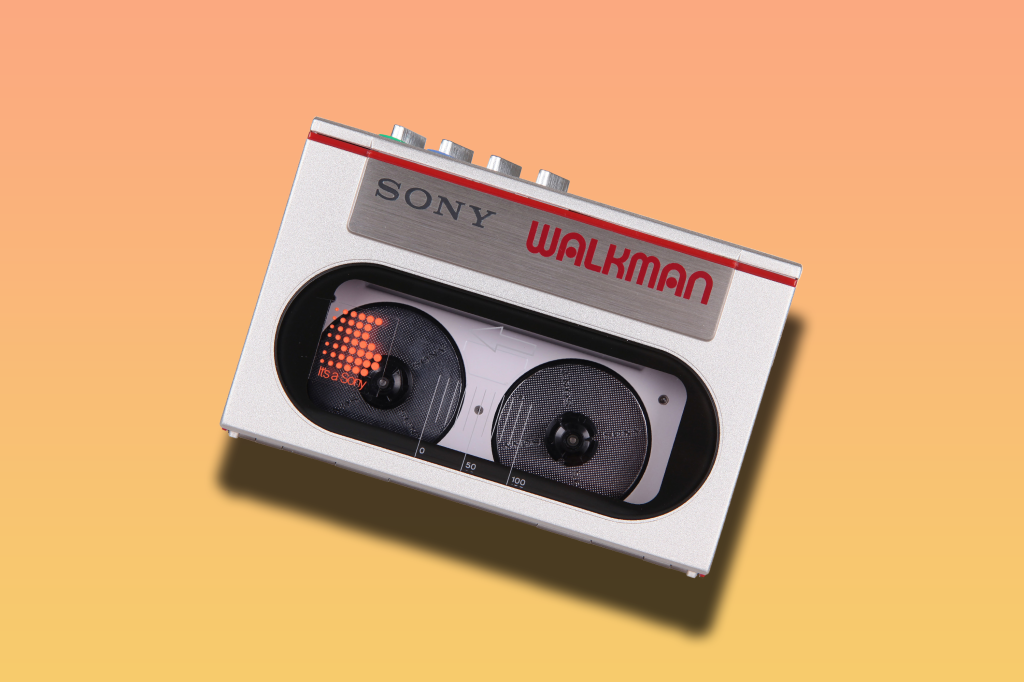
In 1983, Sony introduced the WM-10, a portable cassette player that was even smaller than the previous models, measuring just 25mm in thickness.
As Walkman Central explains, “New techniques were required to achieve a worthwhile reduction in size.” Among the costs: the device was powered by a single AA battery, which meant that it could only last for around 3 hours.
Despite these limitations, the WM-10 was popular for those who wanted a portable cassette player. Most considered the WM-10 a high-end device at the time, and owning one was seen as a symbol of status.
Sony D-50 (1984): the company’s first portal CD player
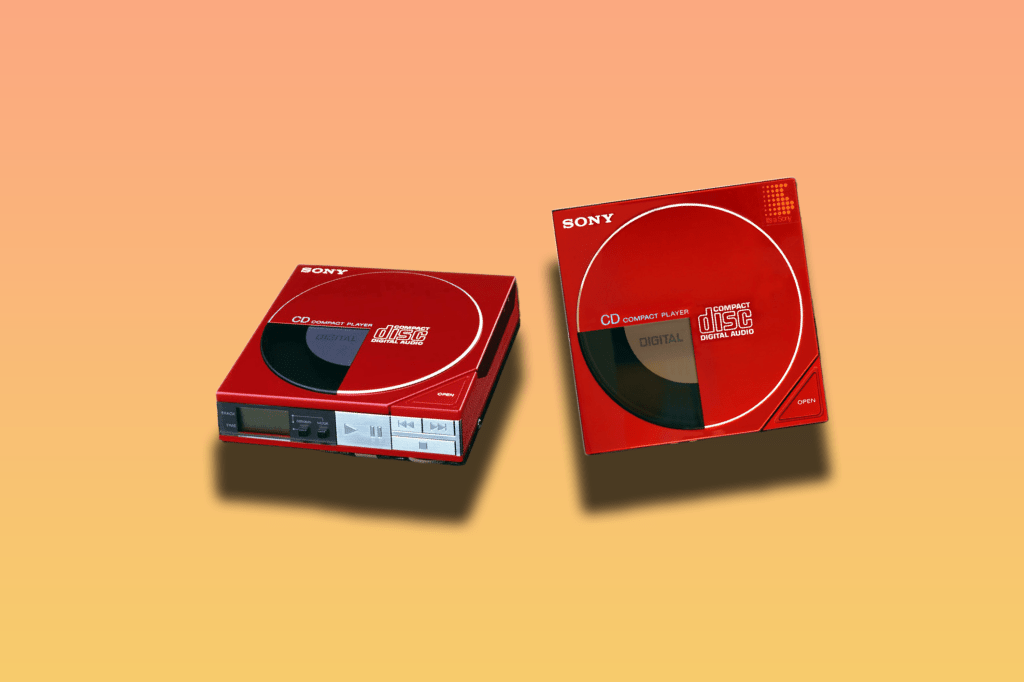
Launched in 1984, the Sony Walkman D-50 was the company’s first portable CD player. It offered a number of “firsts,” like a digital readout and a shock-resident mechanism. Reports indicated, however, the device was prone to skipping, which was corrected on future versions. The Sony Walkman D-50 came in red and black versions, and today it’s a popular collector’s item — especially the red model.
Sony WM-D6C (1984): a professional model
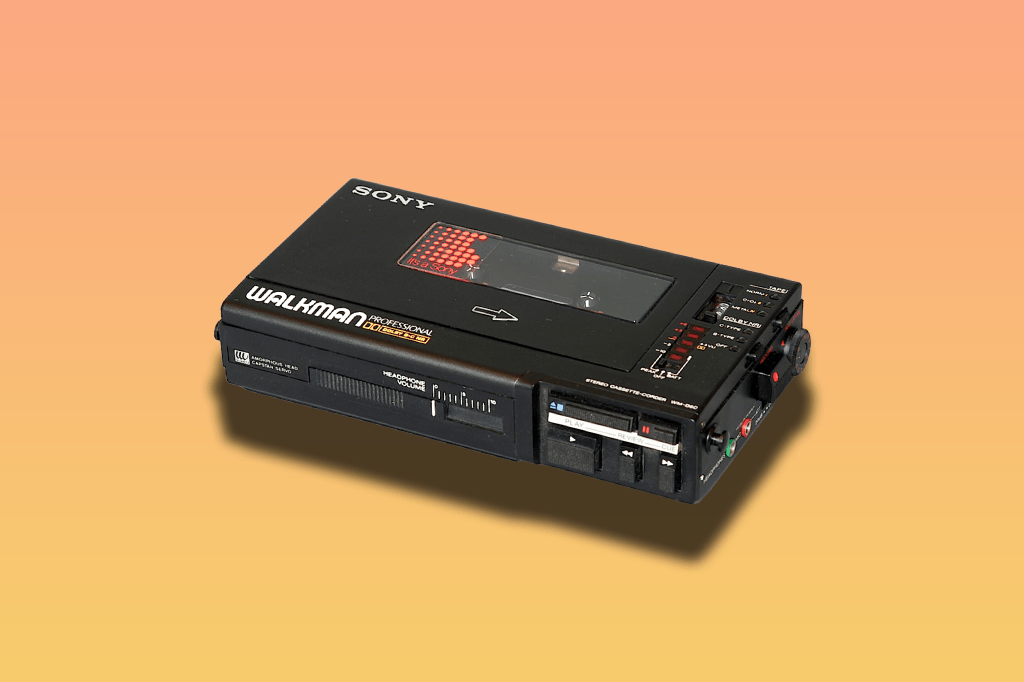
Sony produced Walkmans that catered to the needs of professionals. The Sony WM-D6C was one such model that introduced Dolby C noise reduction technology.
According to Walkman Central, this device also came equipped with a line-in connector that enabled direct connectivity to other audio equipment without requiring the microphone socket. The level meter on this model also underwent modifications, allowing it to display both the recording level and battery status. Additionally, it could be switched off to conserve battery life.
The Sony WM-D6C was known for its impressive battery life, but it was larger in size compared to previous Sony Walkman models. Two versions of the Sony WM-D6C were released – one in 1984 and another in 1988, both available in black with different variations. The first variation had a green “professional” script on the top cover, while the second had a yellow “professional” script.
Sony WM-101 (1985): rechargeable batteries
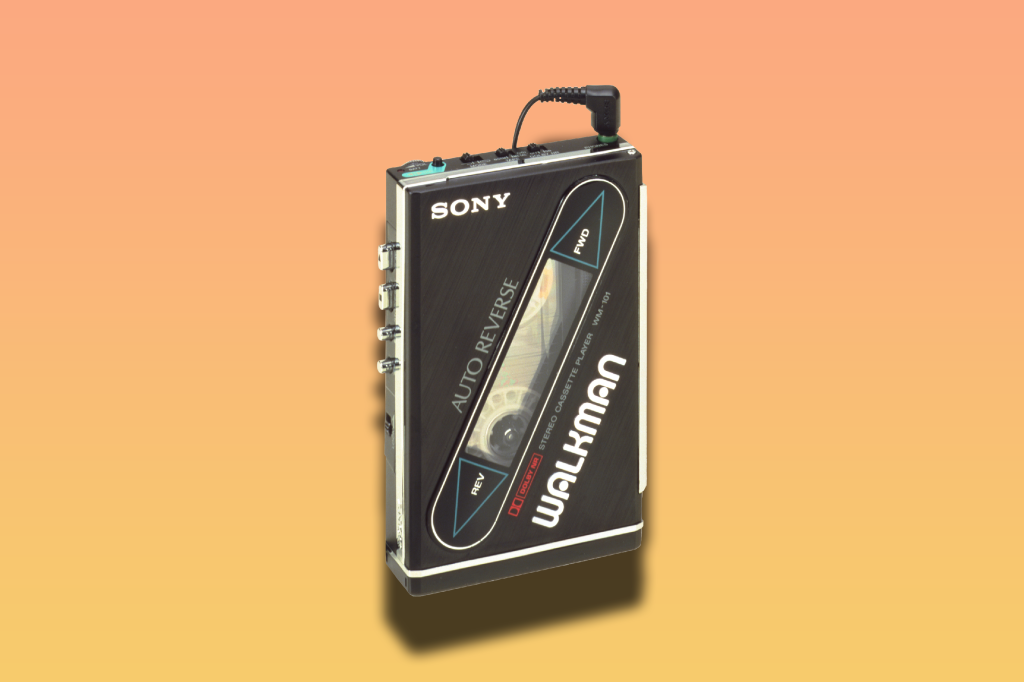
The Sony WM-101 is noted for being one of the first Walkmans to use a “gum stick”-like rechargeable battery. This made the device highly portable and cost-effective compared to its forerunners. Additionally, the WM-101 boasted a range of features that contributed to its popularity, such as auto-reverse and Dolby NR noise reduction.
The Sony WM-101 was available in four colors: red, black, light blue, and gray. Additionally, Sony launched a limited edition “Sunburst” model, which featured a metallic gold hue.
Sony WM-B52 (1988): sporty

In 1988, Sony released the sports cassette player WM-B52, with athletes as their target audience. The Walkman’s bright yellow color made it easily visible in crowded situations, and it proved to be very successful.
One of the standout features of the WM-B52 was its resistance to water and shock. Additionally, it had an in-built solar-powered alarm clock, a headphone jack with a built-in amplifier, and came with a handy carrying case.
Best Sony Walkman: more advances made
In the 1990s, the Sony Walkman was at the height of its popularity and was a must-have for music lovers. With the decline of cassette tapes, newer versions of the Walkman were designed to accommodate CDs, MiniDisks, and even flash memory. This allowed people to enjoy their music on the go, no matter what format it was in.
Sony Walkman MZ-1 (1992): MiniDisks arrive
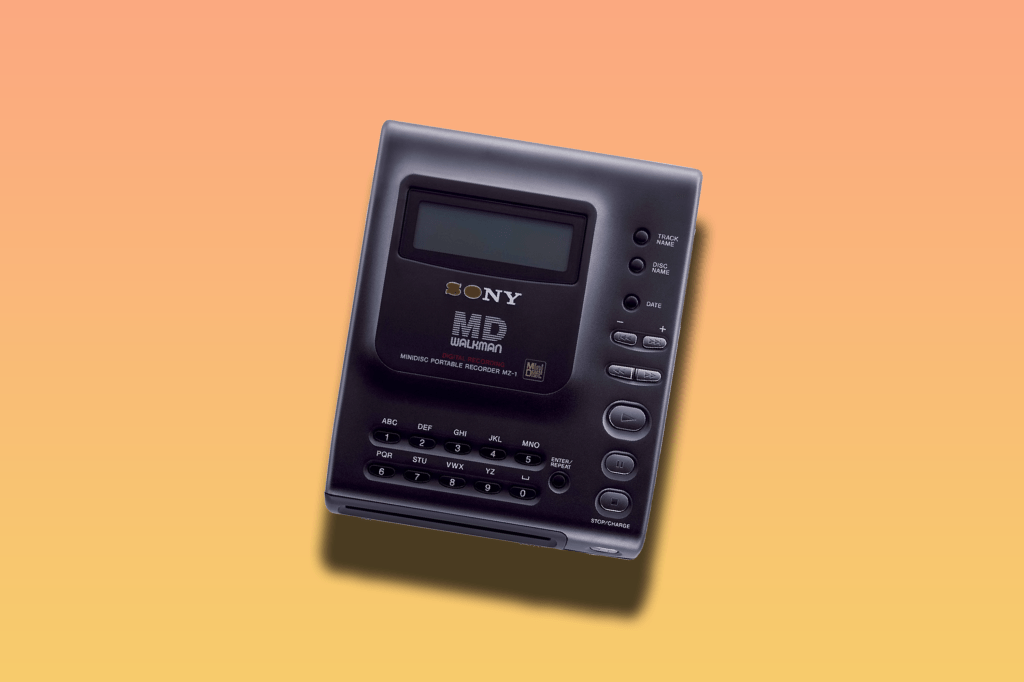
Sony released the first MiniDisc player, the Sony Walkman MZ-1, in December 1992. It utilized their proprietary ATRAC lossless compression technology to store high-quality audio recordings on MiniDiscs.
Sony invented MiniDiscs as a replacement for cassettes. They were smaller than CDs, measuring 70mm in diameter, and had a capacity of up to 80 minutes of audio. MiniDiscs used a magneto-optical recording system, which enabled them to be recorded and erased multiple times.
Although they never reached the same level of popularity as full-sized CDs, MiniDiscs were popular for some. However, with the advent of MP3 players, their appeal gradually diminished.
The Sony Walkman MZ-1 was only available in two colors, black and titanium silver.
Sony Walkman NW-MS70D (2004) flash memory
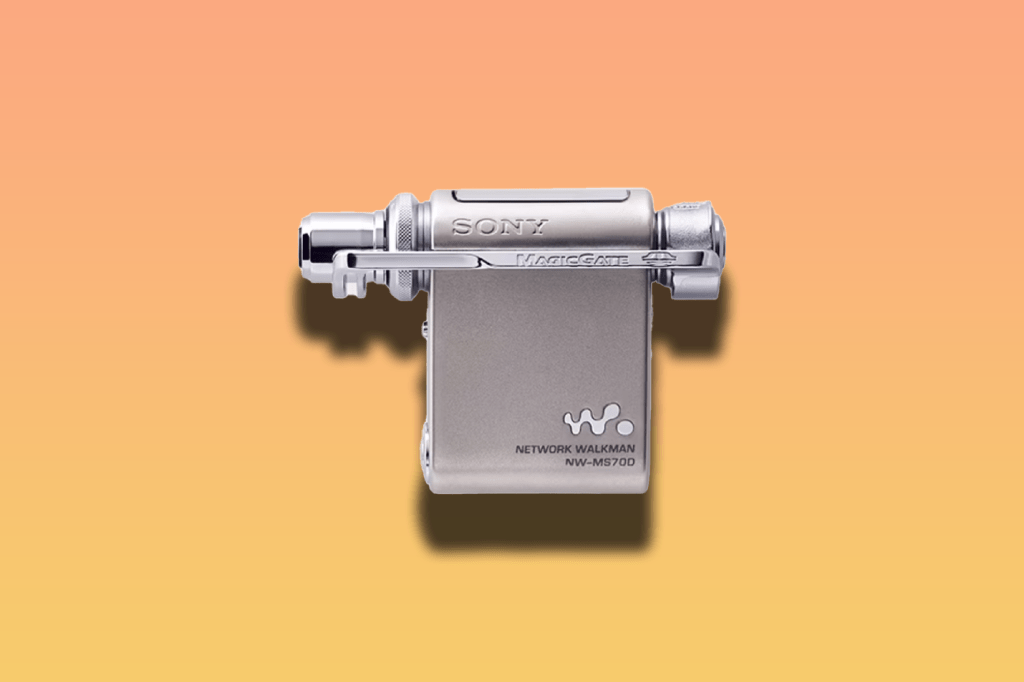
In 2004, Sony released the Walkman NW-MS70D, a digital audio player (DAP). This DAP was one of the first to use the Memory Stick Duo format and had several features that made it a popular choice. It had a built-in memory of 256MB, supported Memory Stick Duo cards up to 1GB, and a 2.4-inch TFT LCD display. Additionally, it had a built-in FM tuner, a headphone jack with an amplifier, and a rechargeable battery that provided up to 33 hours of playback. The Sony Walkman NW-MS70D came in black, silver, and pink.
Sony Walkman NW-HD1 (2004): it came with a hard drive
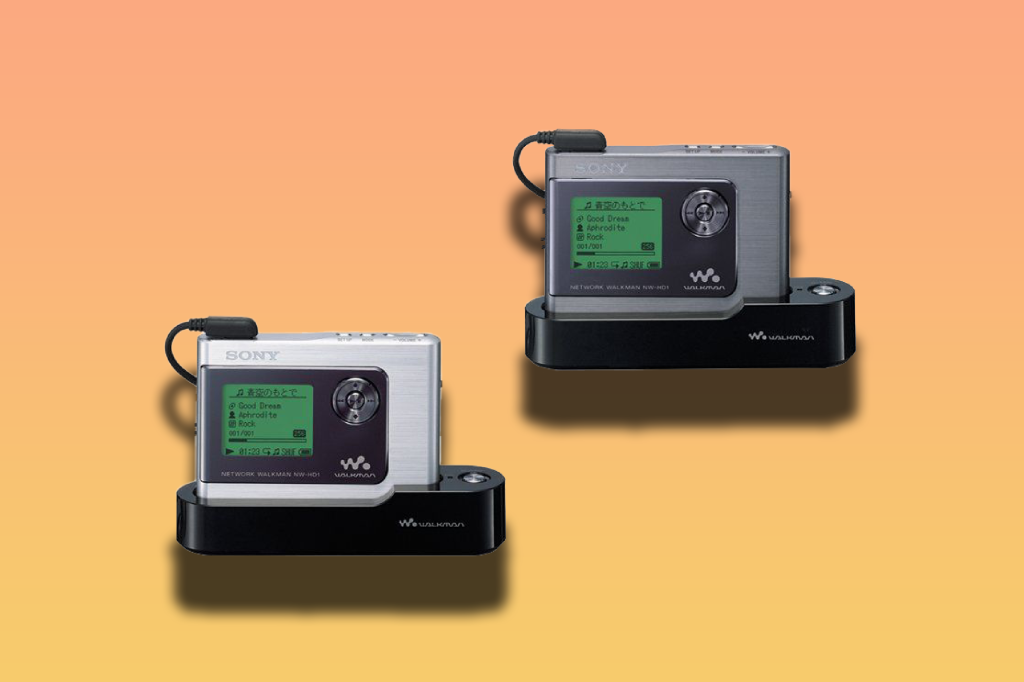
Back in 2004, Sony introduced the Walkman NW-HD1, which was a digital audio player that utilized a hard drive for storage. Sony’s Walkman NW-HD1 marked the first time that a hard drive was incorporated into a Walkman. The device boasted a storage capacity of 20GB and could last for up to 30 hours on a single battery charge.
The Walkman NW-HD1 was able to provide superior sound quality compared to previous models of digital audio players, thanks to the ATRAC encoding. In addition, Sony equipped this portable music device with a 1.5-inch monochrome display, a line-out jack, and a USB 2.0 port. You could purchase one in silver or red.
Sony Walkman WM-FX290W (2004): end of an era
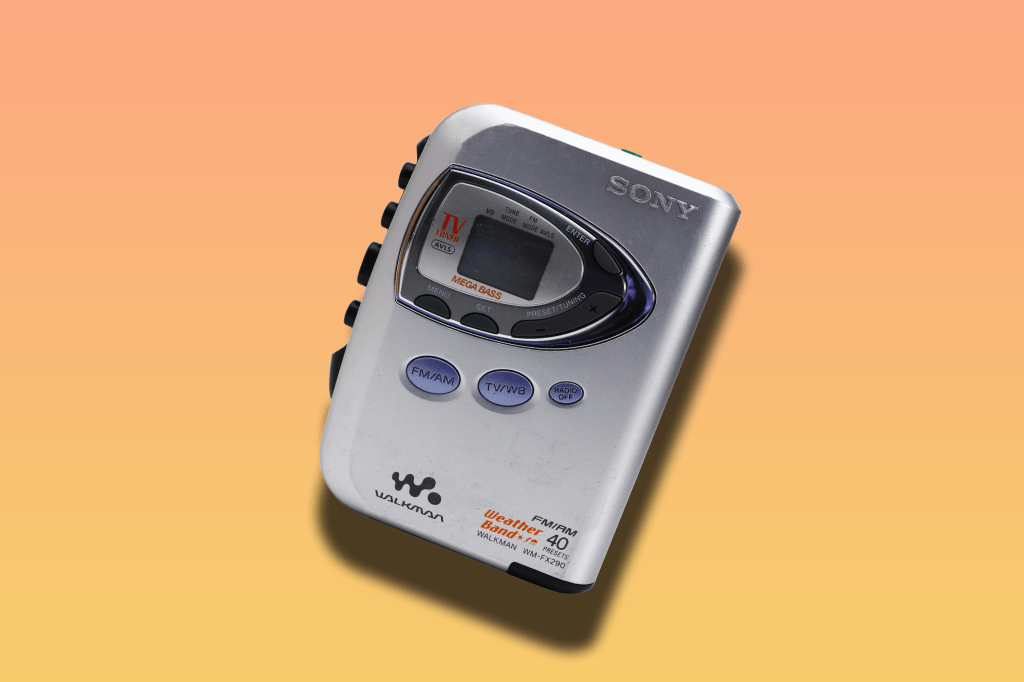
The Sony Walkman WM-FX290W was the last portable cassette player to launch in the United States. It came equipped with a digital tuner that had 40 station presets and even a weather band. Additionally, it boasted Mega Bass sound and an automatic volume limiter system (AVLS). The player ran on two AA batteries and could last up to 35 hours. You could purchase the model in black or silver only.
Sony Walkman NW-E505/507 (2005): it’s an MP3 player
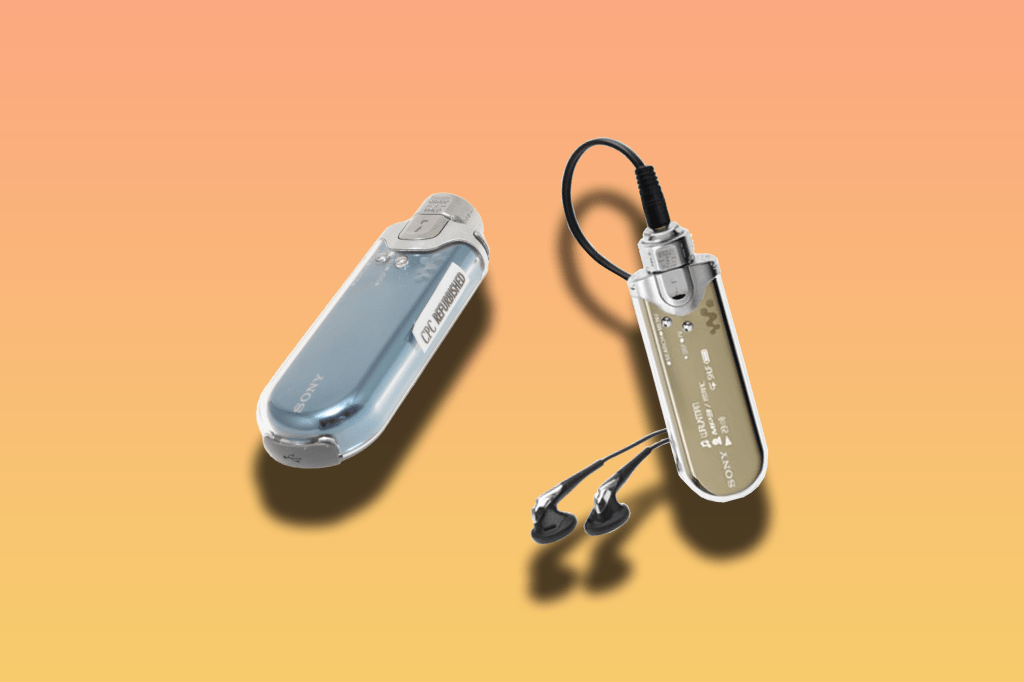
In 2005, Sony released the NW-E505 and NW-E507, which were portable digital audio players (DAPs). These Walkmans were the first to have a built-in FM radio and a color display. The NW-E505 had a 1.7-inch TFT display, while the NW-E507 had a 2.0-inch TFT display. Both players had 32MB of internal memory, but the memory capacity could be expanded using a Memory Stick Micro (M2) card.
You could purchase the NW-E505 in metallic pink, silver, blue, black, and red, while Sony offered the NW-E507 in metallic pink, silver, blue, black, green, and red. A “Tokyo Walkman” edition was only available in Japan that had a black body and red OLED screen.
Sony Walkman NWD-W273 (2013): something new
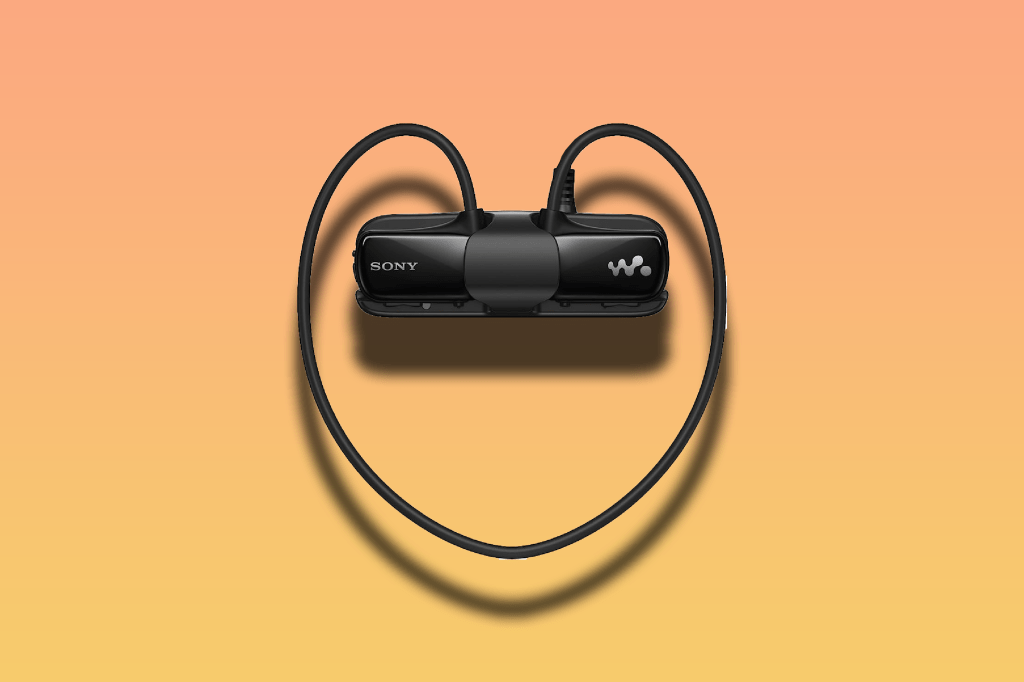
The Sony Walkman NWD-W273 arrived a decade ago. The waterproof and dustproof MP3 player featured a built-in speaker and microphone. The mobile device also included an FM radio and voice recorder.
The NWD-W273 offered 18 hours of entertainment between charges, which was somewhat limited, especially when compared to Apple iPod and iPhone, which by 2013 dominated the market. The device included only 4GB of internal storage, no Bluetooth connectivity, and didn’t have a screen.
You can buy a Sony Walkman NWD-W273 in black, blue, and white and included matching headphones.
Best Sony Walkman: the newbies
Sony NW-WM1ZM2

In recent years, Sony has designed Walkmans to meet audiophiles’ high standards of sound quality. Sony created the NW-WM1ZM2 with a single piece of pure, oxygen-free copper. It features a high-quality S-Master HX digital amplifier and costs $3,298/£3,299. It can handle high-resolution audio formats like DSD and PCM, and it’s a member of the company’s Signature Series.
If you’re searching for a more affordable option, the Sony NW-A306 ($348/£349) is worth considering. This portable device comes with 32GB of internal storage and supports microSD cards. Its battery life can last up to 32 hours.
Best Sony Walkman: special edition models

Sony has released special edition Walkman models over the years. These special editions were often only available in the Japanese market and showcased popular films, TV shows, and console games. Even today, Japan still gets limited-edition releases, like the 2021 Peanuts limited edition S Series and the 2020 Demon Slayer: Kimetsu no Yaiba limited edition A Series.
As you can see, the best Sony Walkmans took many forms over the years. Though the product lineup started out as one that focused on cassette tapes, still others worked with CDs and MiniDisks. Eventually, Sony brought MP3 and DAT quality devices to the marketplace, although nothing was as popular as the first ones.
- Recommended: Best headphones: wireless headphones reviewed


